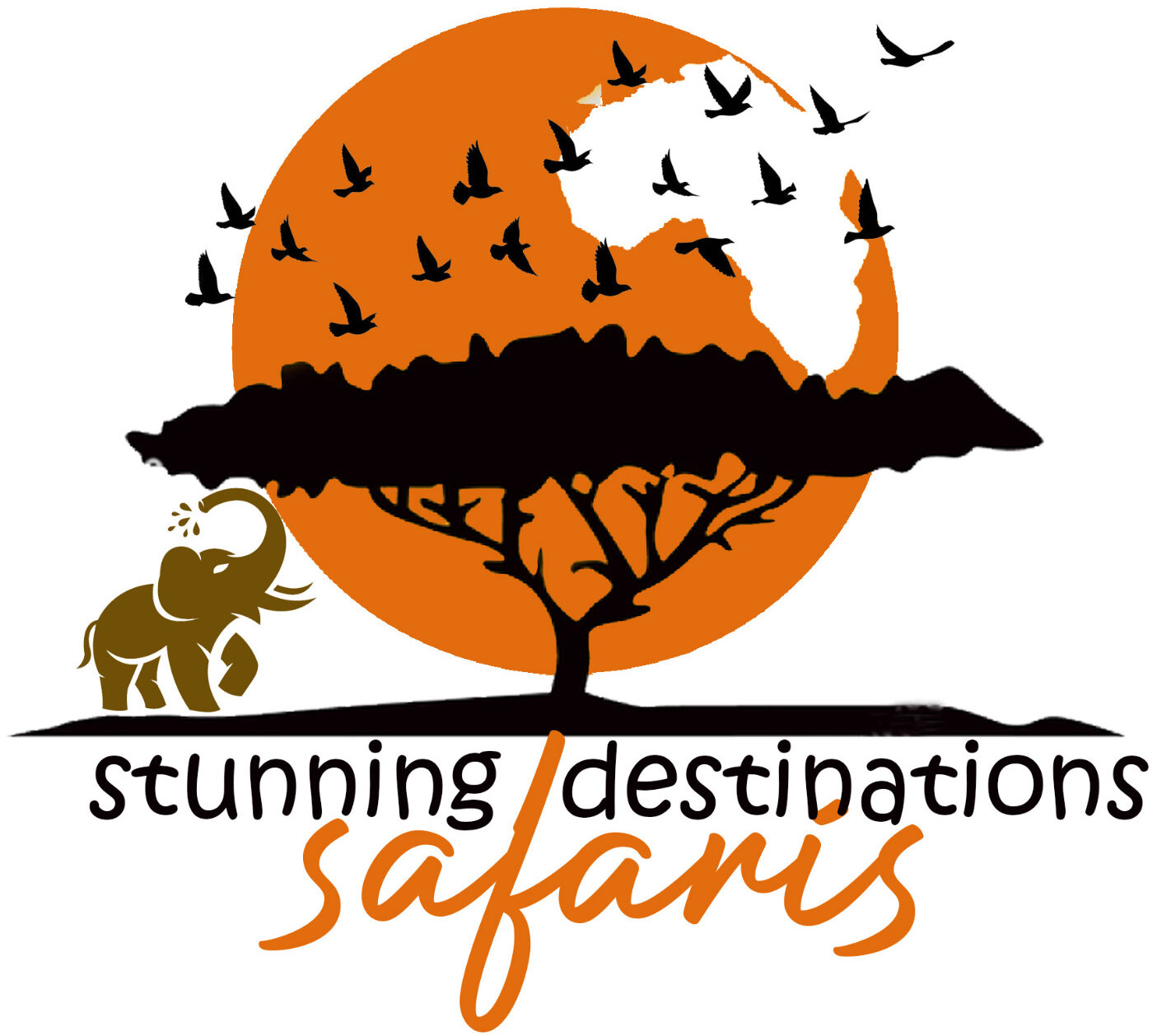Tanzania & Zanzibar
Tanzania is an East African country known for its vast wilderness areas. They include the plains of Serengeti National Park, famous for the “big five” game (elephant, lion, leopard, buffalo, rhino), and Kilimanjaro National Park, home to Africa’s highest mountain. Offshore lie the tropical islands of Zanzibar, with Arabic influences, and Mafia, with a marine park home to whale sharks and coral reefs. The major International airports are Kilimanjaro International airport for Northern Tanzania, Dar es Salaam & Zanzibar international airports for Southern Tanzania. Arusha town is famed for being the country’s safari capital. Arusha is located below Mount Meru on the eastern edge of the eastern branch of the Great Rift Valley. The city is close to the Serengeti National Park, the Ngorongoro Conservation Area, Lake Manyara National Park, Olduvai Gorge, Tarangire National Park, Mount Kilimanjaro, and Mount Meru in the Arusha National Park and is thus considered the safari capital of Tanzania and a major international diplomatic hub.
Tarangire National Park’s name originates from the Tarangire River that crosses the park and is the primary source of fresh water for wild animals in the Tarangire Ecosystem during the annual dry season. The Tarangire Ecosystem is defined by the long-distance migration of wildebeest and zebras. During the dry season thousands of animals concentrate in Tarangire National Park from the surrounding wet-season dispersal and calving areas. The predominant Vegetation is a mix of Acacia woodland, Combretum woodland, seasonally flooded grassland, and baobab trees.
Lake Manyara National Park is Located on the way to Ngorongoro Crater and the Serengeti. Its ground water forests, bush plains, baobab strewn cliffs, and algae-streaked hot springs offer incredible ecological variety in a small area, rich in wildlife and incredible numbers of birds. The alkaline soda of Lake Manyara is home to an incredible array of bird life that thrives on its brackish waters. Pink flamingo stoop and graze by the thousands colourful specks against the grey minerals of the lake shore. Lake Manyara’s famous tree-climbing lions are another reason to pay a visit to this park. In addition to the lions, the national park is also home to the largest concentration of baboons anywhere in the world. Ngorongoro crater is a natural wonder of the world as it hosts the annual largest animal migration.
The Serengeti National Park, in northern Tanzania, is known for its massive annual migration of wildebeest and zebra. From December each year, the migration starts to move into the Ngorongoro Conservation Area. Here the plains are very rich in nutritious grass, which provides the herds with the best conditions for raising their newborn calves. This is normally called the wildebeests’ birthing season and is the start of the migration. After bearing their young in February and March, the wildebeest herds begin to drift north, drawing with them thousands of zebra and smaller groups of antelope. The abundance of vulnerable calves means the surrounding predators also spring into action until end of May, when they start to move in the Serengeti’s Western Corridor.
By August, the herds have faced the challenge of crossing the Mara River and are spread throughout Kenya’s northern region and the Serengeti. In years when the river is in full flow, the panic and confusion at the crossings – combined with waiting predators and surging currents – can cause massive loss of life. But, even in years of relatively gently flowing water, the crocs take their toll – not
to mention the lions and other large predators that patrol the banks, ready to ambush any wildebeest that make it to the other side. By October, the chaos has ended and the migrating columns begin moving southwards to complete the cycle.
Zanzibar is a semi-autonomous part of Tanzania, composed of the Zanzibar Archipelago in the Indian Ocean, 25–50 kilometers (16–31 mi) off the coast of the mainland, and consists of many small islands and two large ones: Unguja (the main island, referred to informally as Zanzibar) and Pemba. Its historic centre, Stone Town, which is a World Heritage Site. Today, many of the winding streets and high townhouses of old Stone Town remain unchanged and visitors can walk between the sultan’s palace, the House of Wonders, the Portuguese fort and gardens, the merchants’ houses, and the Turkish baths of the old city. Day-long spice tours to working plantations offer visitors the chance to observe the cultivation of cloves, vanilla, nutmeg, cinnamon, and other spices that have made the island famous. In addition, Zanzibar’s coastline offers some of the best beaches in the world, but sand and surf vary depending on what side of the island you’re on. On the east coast, waves break over coral reefs and sand bars offshore, and low tide reveals small pools of starfish, small minnows, and anemones. Up north, ocean swimming is much less susceptible to the tides, and smooth beaches and white sand make for dazzling days in the sun.
Visitors to Tanzania can apply for their Visa through the Government portal here

